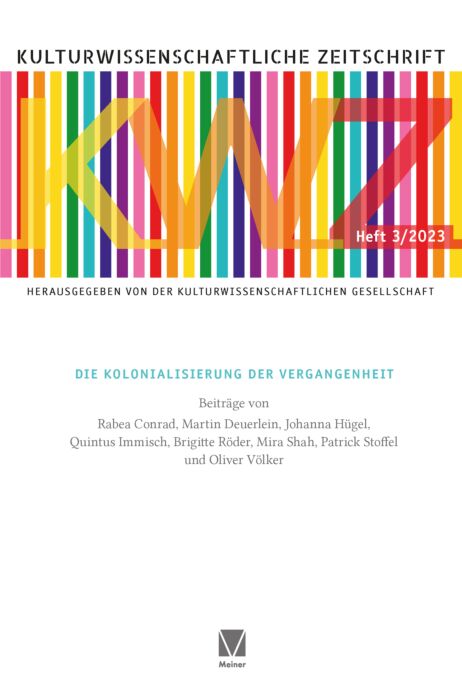Die Kolonialisierung der Vergangenheit

Description
Bibliographic information
| Cover | |
|---|---|
| DOI | |
| Edition | |
| ISBN | |
| Language | |
| Original Name | |
| Pages | 209 Seiten |
| Copyright Year | 2024 |
| Series | Kulturwissenschaftliche Zeitschrift |
| Editor | Mira Shah Patrick Stoffel |
| Contributions by | Rabea Conrad Martin Deuerlein Johanna Hügel Quintus Immisch Brigitte Röder Mira Shah Patrick Stoffel Oliver Völker |
| Producer under GPSR |
Felix Meiner Verlag GmbH |
Service
Individual articles as PDF
Open Access under CC-BY-SA 4.0 Lizenz
Open Access under CC-BY-SA 4.0 Lizenz
Open Access under CC-BY-SA 4.0 Lizenz
Open Access under CC-BY-SA 4.0 Lizenz
Open Access under CC-BY-SA 4.0 Lizenz
Open Access under CC-BY-SA 4.0 Lizenz
Open Access under CC-BY-SA 4.0 Lizenz
